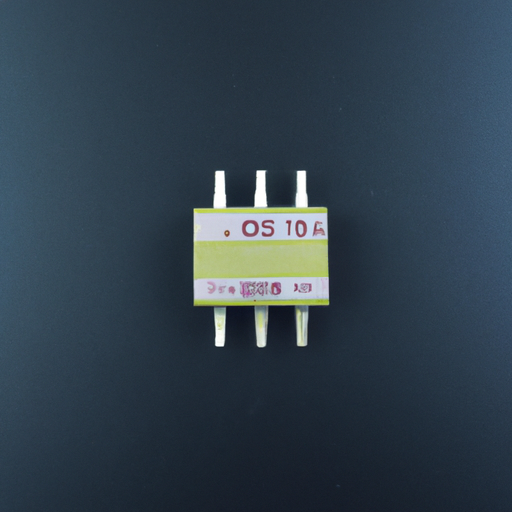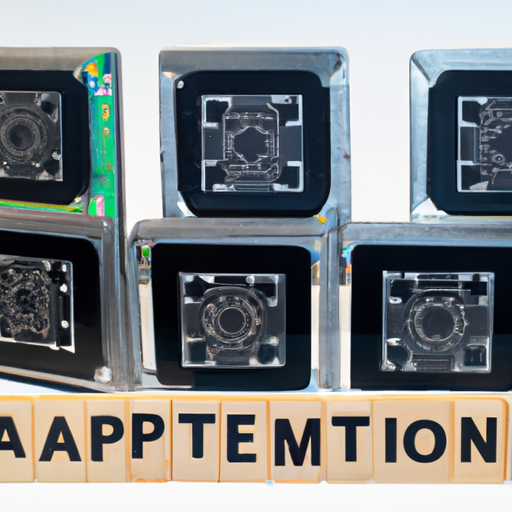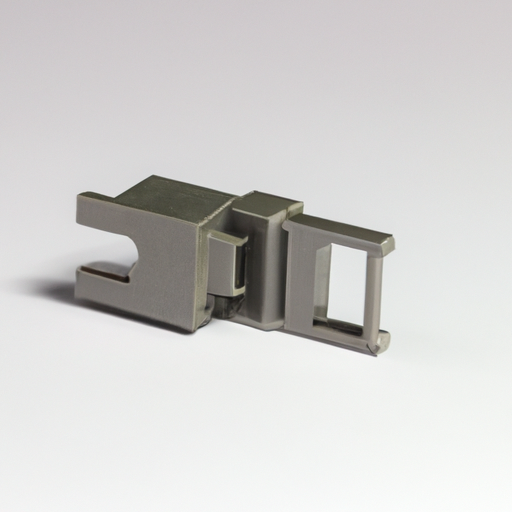1N4007-T Buffers, Drivers, Receivers, Transceivers highlighting the core functional technology articles and application development cases of Buffers, Drivers, Receivers, Transceivers that are effective.
Certainly! Buffers, drivers, receivers, and transceivers are fundamental components in electronic circuits, particularly in communication systems and digital signal processing. Below is an overview of each component, their core functional technologies, and application development cases.
Buffers
| Purpose: Buffers are used to isolate different parts of a circuit, prevent signal degradation, and increase drive capability.Purpose: Buffers are used to isolate different parts of a circuit, prevent signal degradation, and increase drive capability. |
| Types: Voltage buffers (voltage followers), current buffers, and line drivers.Types: Voltage buffers (voltage followers), current buffers, and line drivers. |
| Key Characteristics: High input impedance, low output impedance, and the ability to drive heavy loads without distortion.Key Characteristics: High input impedance, low output impedance, and the ability to drive heavy loads without distortion. |
| Purpose: Drivers are designed to provide sufficient current to drive loads, such as LEDs, motors, or other high-capacitance devices.Purpose: Drivers are designed to provide sufficient current to drive loads, such as LEDs, motors, or other high-capacitance devices. |
| Types: LED drivers, motor drivers, and line drivers.Types: LED drivers, motor drivers, and line drivers. |
| Key Characteristics: High output current capability, fast switching speeds, and thermal management features.Key Characteristics: High output current capability, fast switching speeds, and thermal management features. |
| Purpose: Receivers are used to detect and amplify signals from various sources, converting them into usable forms.Purpose: Receivers are used to detect and amplify signals from various sources, converting them into usable forms. |
| Types: Analog receivers, digital receivers, and RF receivers.Types: Analog receivers, digital receivers, and RF receivers. |
| Key Characteristics: Sensitivity, selectivity, and noise performance.Key Characteristics: Sensitivity, selectivity, and noise performance. |
| Purpose: Transceivers combine the functions of both transmitters and receivers, allowing for bidirectional communication.Purpose: Transceivers combine the functions of both transmitters and receivers, allowing for bidirectional communication. |
| Types: RF transceivers, optical transceivers, and Ethernet transceivers.Types: RF transceivers, optical transceivers, and Ethernet transceivers. |
| Key Characteristics: Integration of transmit and receive functions, compact design, and support for various communication protocols.Key Characteristics: Integration of transmit and receive functions, compact design, and support for various communication protocols. |
| 1. Signal Isolation: In mixed-signal systems, buffers can isolate analog signals from digital circuits, preventing interference and ensuring signal integrity. |
| 2. Level Shifting: Buffers can be used to shift voltage levels between different logic families (e.g., TTL to CMOS), facilitating compatibility in mixed-technology environments. |
| 3. Fan-Out Applications: In digital circuits, buffers can increase the number of gates that can be driven by a single output, enhancing circuit design flexibility. |
| 1. LED Lighting: LED drivers are used in lighting applications to regulate current and ensure consistent brightness, improving energy efficiency and lifespan. |
| 2. Motor Control: H-bridge drivers are used in robotics and automation to control the direction and speed of DC motors, enabling precise movement and control. |
| 3. High-Speed Data Transmission: Line drivers are used in communication systems to transmit signals over long distances with minimal distortion, ensuring reliable data transfer. |
| 1. Wireless Communication: RF receivers are used in wireless systems to demodulate signals from antennas, enabling communication in devices like smartphones and radios. |
| 2. Data Acquisition Systems: Analog receivers are used to convert sensor signals into digital formats for processing, crucial in industrial automation and monitoring systems. |
| 3. Telecommunications: Digital receivers are used in modems and communication devices to decode transmitted data, facilitating internet connectivity and data transfer. |
| 1. Networking: Ethernet transceivers are used in local area networks (LANs) to facilitate data communication between devices, supporting high-speed internet access. |
| 2. Wireless Systems: RF transceivers are used in IoT devices for wireless communication, enabling remote monitoring and control in smart homes and industrial applications. |
| 3. Optical Communication: Optical transceivers are used in fiber optic networks to transmit and receive data over long distances with high bandwidth, essential for telecommunications infrastructure. |
Drivers
Receivers
Transceivers
Conclusion
Buffers, drivers, receivers, and transceivers are critical components in modern electronic systems. Their effective application can enhance performance, improve signal integrity, and enable complex communication protocols. As technology advances, these components continue to evolve, leading to more efficient and versatile designs across various industries, including telecommunications, automotive, consumer electronics, and industrial automation. The ongoing development in these areas promises to drive innovation and improve the functionality of electronic devices in the future.







